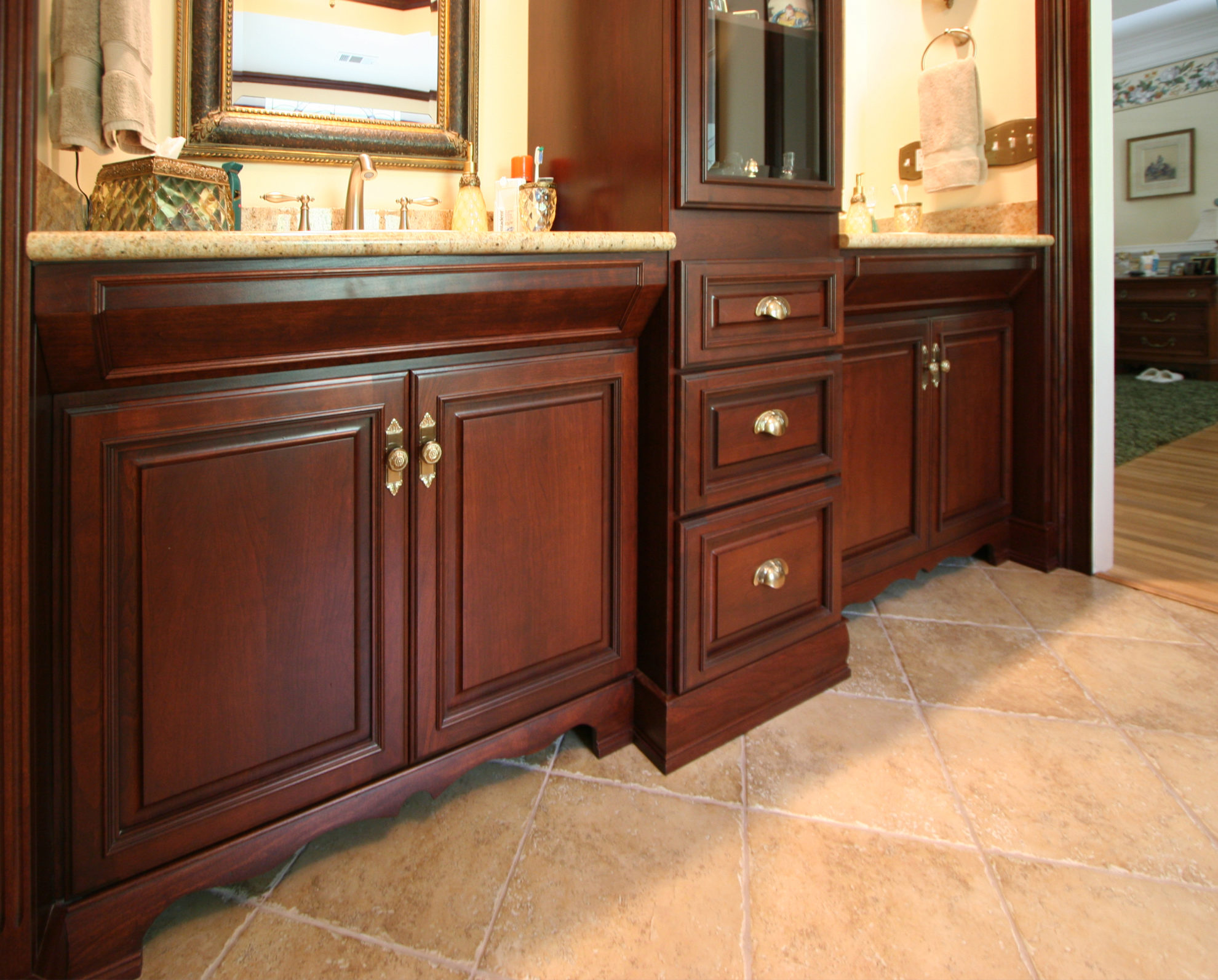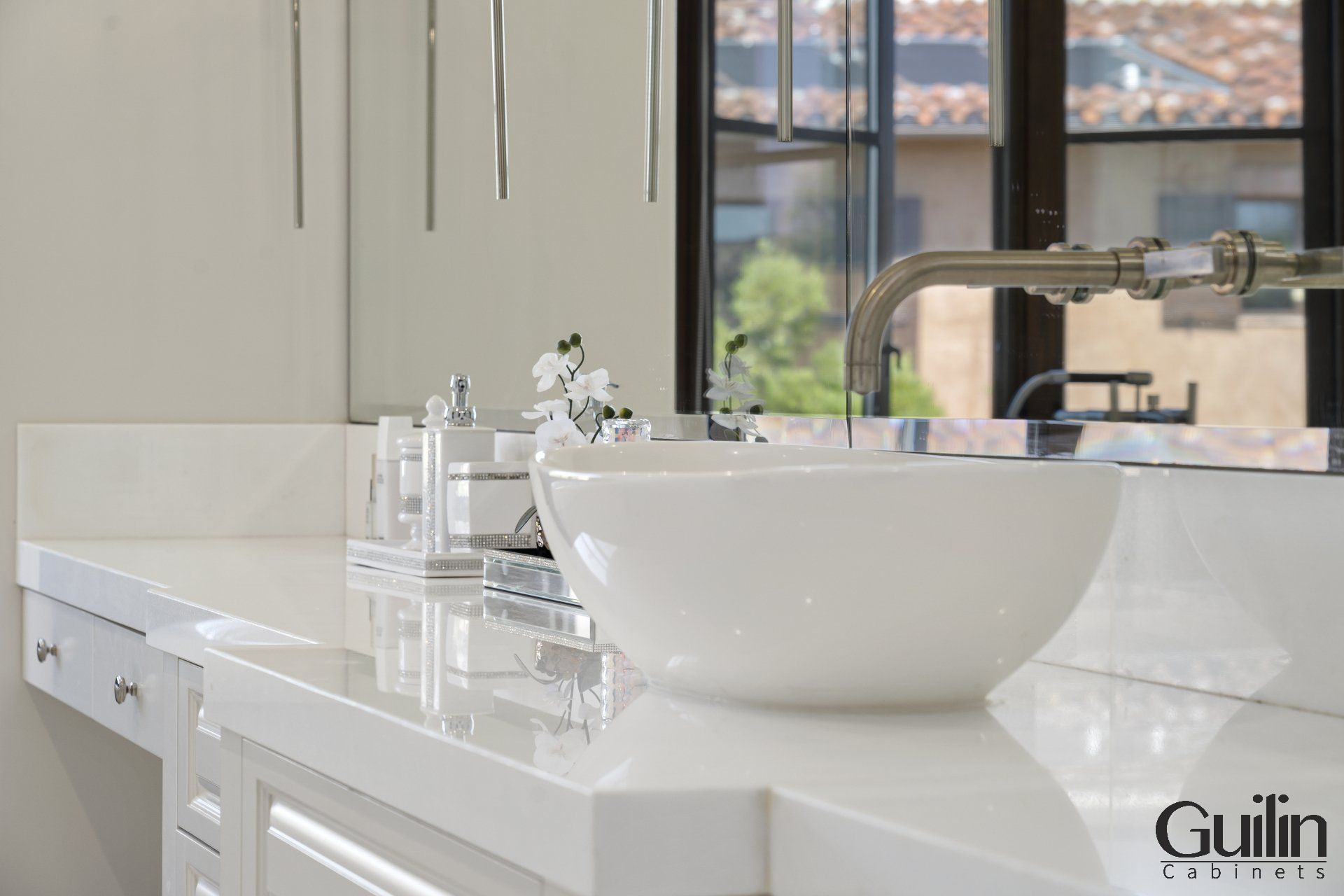The Appeal of Angled Bathroom Vanities

Angled bathroom vanities are a unique and stylish addition to any bathroom, offering a blend of functionality and visual appeal. These vanities, characterized by their diagonal shape, add a touch of modern sophistication to the space while also maximizing its potential.
Space Optimization
Angled bathroom vanities are particularly beneficial in smaller bathrooms, where every inch of space is precious. The angled design allows for more efficient use of corners, which are often wasted in traditional bathroom layouts. By utilizing these previously underutilized areas, angled vanities create a sense of spaciousness and maximize storage capacity.
- Corner Bathrooms: In bathrooms with a corner layout, an angled vanity can seamlessly fit into the corner, creating a focal point and offering ample counter space and storage.
- Small Bathrooms: For smaller bathrooms, an angled vanity can be placed against a wall, utilizing the space effectively. The diagonal design creates a sense of depth and visual interest, making the bathroom feel larger.
Aesthetic Appeal
Beyond their practical benefits, angled vanities also enhance the overall aesthetic appeal of the bathroom. The diagonal design adds a touch of dynamism and visual interest, breaking away from the monotony of traditional rectangular vanities.
- Modern Design: Angled vanities are often associated with modern design aesthetics, adding a contemporary touch to the bathroom. Their sleek lines and sharp angles complement minimalist or contemporary bathroom styles.
- Unique Character: The angled design creates a unique focal point in the bathroom, adding character and personality to the space. It can be used to highlight specific features, such as a large window or a statement mirror.
Design Elements
The unique design of angled vanities is further enhanced by various design elements that contribute to their aesthetic appeal and functionality.
- Material Choices: Angled vanities are available in a wide range of materials, including wood, stone, and metal. Each material brings its own unique texture and aesthetic to the design.
- Cabinetry Styles: Angled vanities can be designed with various cabinetry styles, such as shaker, contemporary, or traditional, to complement the overall bathroom design.
- Countertop Options: The countertop is an essential part of the angled vanity, offering a surface for daily use and adding to the overall aesthetic. Options include granite, marble, quartz, and laminate.
- Sink Placement: The placement of the sink within the angled design is crucial. It can be positioned at the apex of the angle, creating a visually interesting focal point, or integrated into the straight side of the vanity, offering a more traditional look.
Design Considerations for Angled Bathroom Vanities
:max_bytes(150000):strip_icc()/double-vanity-ideas-1-erin-williamson-design-hill-country-lake-house-6857062a43964338b557315bacc7424f.jpg)
Angled bathroom vanities are a stylish and functional addition to any bathroom, offering a unique aesthetic and maximizing space utilization. Choosing the right angled vanity involves careful consideration of several key factors, ensuring it seamlessly integrates with your bathroom design and meets your specific needs.
Vanity Size and Dimensions
Determining the appropriate size for your angled vanity is crucial, ensuring it fits comfortably within your bathroom space without feeling cramped or overwhelming. Measure the available space carefully, considering factors like the bathroom’s overall layout, the location of other fixtures, and the desired amount of walking space.
- Width: The width of the vanity should be proportional to the bathroom’s size. For smaller bathrooms, a compact vanity with a width of 30-40 inches is ideal. Larger bathrooms can accommodate vanities up to 60 inches or more.
- Depth: The depth of the vanity depends on your storage needs and the bathroom’s layout. A depth of 18-24 inches is generally sufficient for most bathrooms. However, if you require ample storage, a deeper vanity with a depth of 24-30 inches might be preferable.
- Height: The standard height for bathroom vanities is 34-36 inches. However, you can customize the height to suit your preferences and accessibility needs.
Vanity Material
The material of your angled bathroom vanity significantly impacts its durability, aesthetics, and price. Different materials offer unique characteristics and advantages, making it important to choose the option that best aligns with your style and budget.
- Wood: Wood is a classic and timeless material for bathroom vanities, offering a natural warmth and beauty. It is durable and can be stained or painted to match your bathroom’s decor. Common wood choices include oak, maple, cherry, and walnut.
- Stone: Stone vanities exude elegance and sophistication, adding a touch of luxury to your bathroom. Granite, marble, and quartz are popular choices, each offering unique veining patterns and durability. Stone vanities are typically more expensive than wood vanities.
- Acrylic: Acrylic vanities are a cost-effective and low-maintenance option, offering a sleek and modern look. They are resistant to scratches and stains, making them suitable for high-traffic areas. Acrylic vanities are available in a wide range of colors and finishes.
Vanity Styles, Angled bathroom vanity cabinet
Angled bathroom vanities come in a variety of styles, catering to different tastes and bathroom aesthetics. Choosing the right style is essential for creating a cohesive and visually appealing bathroom design.
- Traditional: Traditional angled vanities feature intricate details, such as carvings, moldings, and ornate hardware. They often have a classic and timeless look, well-suited for bathrooms with a traditional or farmhouse style.
- Modern: Modern angled vanities are characterized by clean lines, minimalist designs, and sleek finishes. They typically feature simple geometric shapes and often incorporate materials like metal and glass. Modern vanities are ideal for contemporary or minimalist bathroom designs.
- Transitional: Transitional angled vanities blend elements of both traditional and modern styles, offering a balanced and versatile look. They often feature simple lines and subtle details, making them suitable for a wide range of bathroom styles.
Installation and Customization of Angled Bathroom Vanities: Angled Bathroom Vanity Cabinet

Installing an angled bathroom vanity can be a bit more challenging than installing a standard vanity, but it’s definitely doable, especially if you’re a bit handy. The unique shape and placement of the vanity require careful planning and execution to ensure a smooth and successful installation.
Installation of Angled Bathroom Vanities
Installing an angled bathroom vanity involves several steps, starting with preparing the area and ending with connecting the plumbing and securing the vanity. Here’s a breakdown of the process:
- Prepare the area: Before you begin, ensure you have all the necessary tools and materials, including a level, stud finder, tape measure, drill, screwdriver, plumbing tools, and safety gear. Clear the area around the intended location of the vanity, and remove any existing fixtures or cabinets.
- Locate the studs: Using a stud finder, locate the studs in the wall where the vanity will be installed. Mark the stud locations on the wall with a pencil.
- Install the vanity base: Position the vanity base in the desired location, ensuring it’s level and aligned with the wall. Use shims to adjust the height and level of the base if needed. Secure the base to the wall using screws that are long enough to reach into the studs.
- Install the countertop: Place the countertop on the vanity base and align it with the edges. Depending on the type of countertop, you might need to use special adhesives or screws to secure it to the base.
- Install the sink: Install the sink according to the manufacturer’s instructions. This may involve drilling holes for the faucet and securing the sink to the countertop using clips or screws.
- Connect the plumbing: Connect the water supply lines to the faucet and the drain pipe to the drain outlet. Ensure all connections are secure and leak-free.
- Install the hardware: Attach the vanity hardware, such as the cabinet doors, drawers, and handles.
Customization Options for Angled Bathroom Vanities
Angled bathroom vanities offer a wide range of customization options to create a unique and stylish bathroom space.
- Countertop choices: From natural stone to engineered quartz, you have a wide range of materials to choose from. Consider your budget, desired aesthetic, and durability when selecting your countertop.
- Sink styles: Angled vanities can accommodate various sink styles, including vessel sinks, undermount sinks, and integrated sinks. Choose a sink that complements the overall design of the vanity and fits the space.
- Hardware finishes: Hardware finishes like brushed nickel, polished chrome, oil-rubbed bronze, and matte black can add a touch of elegance and sophistication to your bathroom. Select hardware finishes that coordinate with other fixtures in your bathroom.
- Cabinet styles: Angled bathroom vanities are available in various cabinet styles, including traditional, contemporary, and modern. Choose a style that suits your bathroom’s overall design aesthetic.
- Cabinet colors: Choose from a variety of cabinet colors to complement your bathroom’s decor. White, gray, and black are popular choices for their versatility, but you can also opt for bolder colors like navy blue or emerald green to create a statement.
Designing and Installing an Angled Bathroom Vanity using 3D Modeling Software
3D modeling software allows you to visualize and design your angled bathroom vanity before you start the actual installation process. This helps you ensure that the vanity fits perfectly in your bathroom and that you have selected the right materials and finishes.
- Choose a 3D modeling software: There are many 3D modeling software programs available, such as SketchUp, Autodesk Revit, and Blender. Choose a program that suits your needs and skill level.
- Create a 3D model of your bathroom: Import a floor plan of your bathroom into the software and create a 3D model of the space. This will help you visualize the placement of the vanity and ensure it fits comfortably in the space.
- Design the angled bathroom vanity: Using the software’s tools, create a 3D model of the angled bathroom vanity, including the cabinet, countertop, sink, and hardware.
- Experiment with different materials and finishes: The software allows you to experiment with different countertop materials, sink styles, and hardware finishes. This helps you visualize how different options will look in your bathroom.
- Generate a detailed drawing: Once you’re satisfied with the design, generate a detailed drawing of the vanity. This drawing can be used to create a shopping list of materials and to communicate your design to a contractor or installer.
